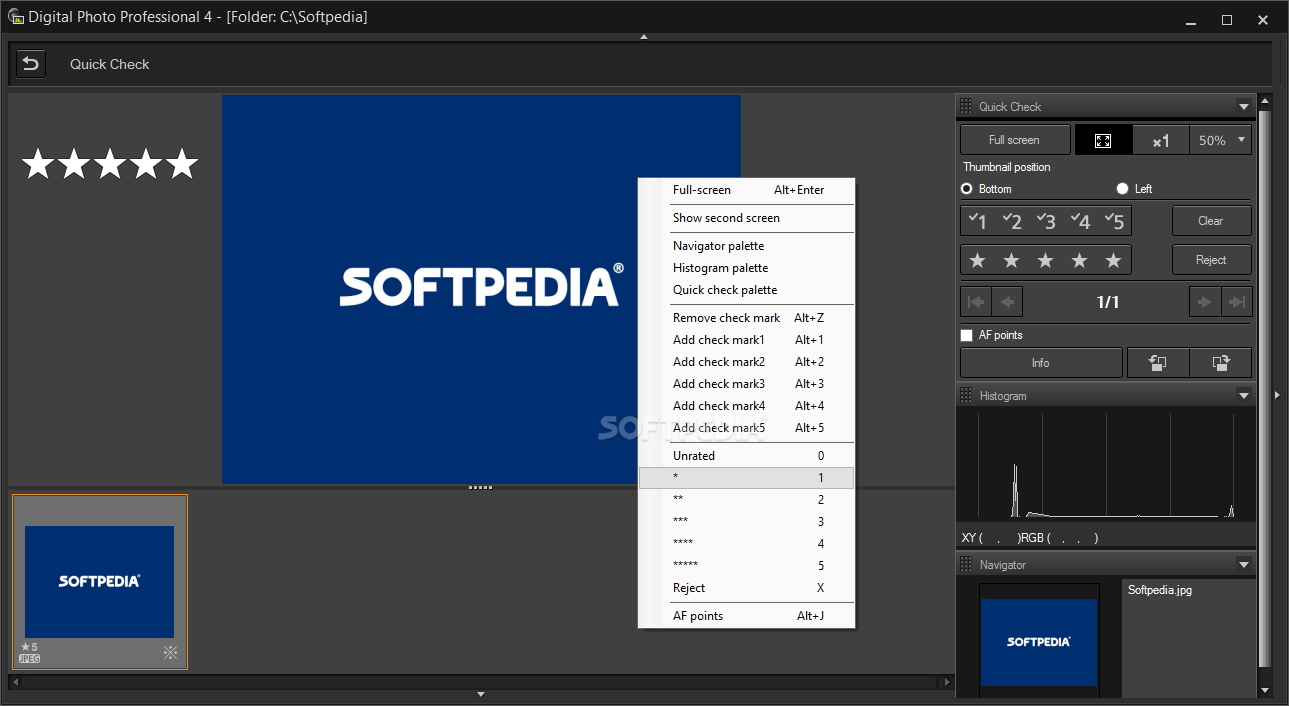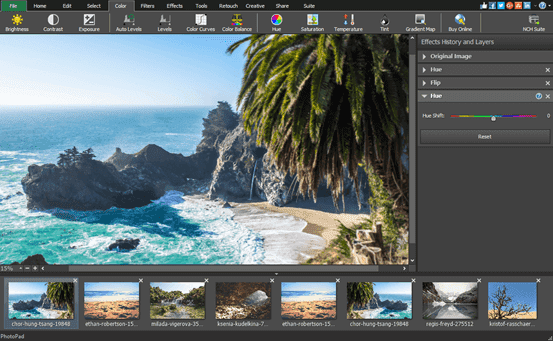

If it says “Lens data: Not available”, your image is either in an unsupported format (such as JPEG), or shot on a non-compatible camera or lens. If it says “Lens data: No”, click on the refresh icon to download the lens data. Step 2: Check that the correction data for the lens you used is available.

Step 1: Open your RAW file with DPP, and go to the tab with the lens icon on the Tool Palette. You still can apply DLO when you post-process the RAW image in DPP. But it wasn’t enabled when you shot, don’t fret. On some cameras such as the EOS R system, DLO is enabled by default.

Besides compensating for them in optical design, these factors can also be corrected with the Digital Lens Optimizer (DLO) feature. Optical factors such as lens aberrations, diffraction, and the presence of a low pass filter can cause image quality to deteriorate. Correct optical aberrations with Digital Lens Optimizer (Reported by: Kazuyuki Okajima, Digital Camera Magazine)ġ. Here are five essential adjustments to do in DPP to ensure the most natural-looking results.
#Digital photo professional download free software#
Canon’s native Digital Photo Professional (DPP) software is designed to work seamlessly with your Canon camera, making the fullest of Canon-patented algorithms embedded in RAW files and letting you non-destructively bring out the best in your images.
#Digital photo professional download free free#
Shooting in RAW allows more flexibility to shape your images, and if you are a Canon user, you have one feature-rich, RAW post-processing software available free of charge.


 0 kommentar(er)
0 kommentar(er)
